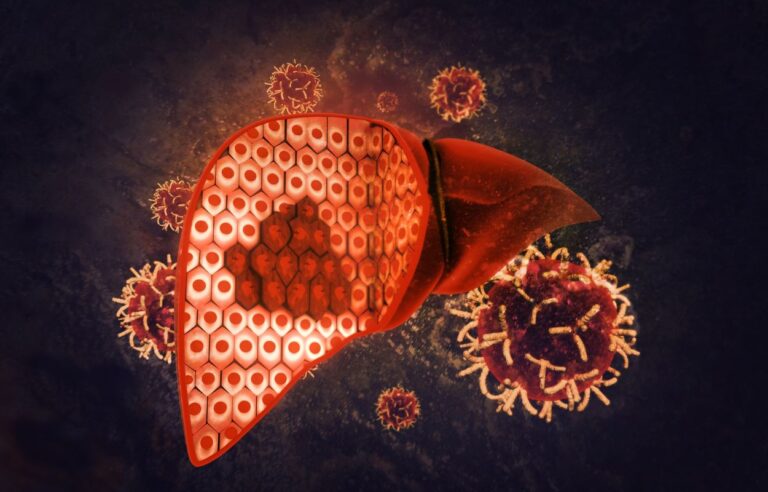Introduction
Hepatocellular carcinoma (HCC) is the most common primary malignancy of the liver, accounting for approximately 85% of all liver cancers. It is an aggressive cancer type that poses significant health challenges globally due to its rapid progression and limited early detection opportunities. Understanding hepatocellular carcinoma, from its historical context to advanced treatment methods, can empower patients and caregivers with essential insights into managing this disease effectively.
Historical Overview
Hepatocellular carcinoma is far from a modern-day ailment; evidence of liver cancer dates back to ancient Egypt around 1500 BCE, described in historical texts as a deadly liver ailment. Throughout history, awareness gradually increased, and by the 20th century, the connection between liver diseases, hepatitis viruses, and HCC became clearer, thanks to scientific advances in virology and oncology.
In 1964, the hepatitis B virus (HBV) was discovered, and in the subsequent decades, the association between HBV infection and liver cancer became evident. The identification of hepatitis C virus (HCV) in 1989 further enhanced understanding, highlighting its significant role in chronic liver diseases leading to HCC.
Current Global Statistics
HCC is the sixth most commonly diagnosed cancer and the third leading cause of cancer-related deaths globally, with around 900,000 new cases diagnosed annually. Incidence rates are highest in regions like Sub-Saharan Africa, Eastern Asia, and Southeast Asia, primarily due to high HBV and HCV prevalence. Moreover, the global incidence is rising, particularly in Western countries, driven by lifestyle factors and rising obesity rates.
Causes and Risk Factors
Several factors significantly elevate the risk of developing hepatocellular carcinoma:
Chronic Hepatitis B and C Infections: Persistent infection with these viruses leads to chronic liver damage and increases cancer risk significantly.
Cirrhosis: Long-term liver scarring from conditions like alcoholic liver disease, fatty liver disease (NAFLD and NASH), and autoimmune hepatitis can lead to HCC.
Aflatoxin Exposure: Commonly found in moldy grains and nuts, aflatoxins are potent carcinogens associated with increased liver cancer risk, especially in tropical climates.
Alcohol and Tobacco Use: Chronic alcohol consumption and smoking significantly contribute to liver damage and carcinogenesis.
Obesity and Diabetes: Obesity, metabolic syndrome, and diabetes increase the risk of liver cancer due to associated inflammation and fatty liver disease.
Symptoms of Hepatocellular Carcinoma
HCC symptoms often do not manifest clearly in the early stages, delaying diagnosis. However, common symptoms in advanced stages include:
Unexplained weight loss
Abdominal swelling (ascites)
Upper abdominal pain or discomfort
Jaundice (yellowing of skin and eyes)
Fatigue and general weakness
Loss of appetite or nausea
Regular screenings are critical for individuals at high risk to detect the disease early.
Diagnosis of Hepatocellular Carcinoma
Diagnosing HCC typically involves multiple steps:
Imaging Tests: Ultrasound, CT scan, and MRI are standard for detecting tumors and assessing their size, number, and location.
Blood Tests: Alpha-fetoprotein (AFP) levels, although not definitive alone, serve as valuable markers when combined with imaging.
Biopsy: In uncertain cases, liver tissue sampling confirms the diagnosis, establishing the cancer’s histological type and extent.
Treatment Options for Hepatocellular Carcinoma
Treatment strategies depend heavily on the tumor stage, liver function, and overall health:
Surgery:
Resection: Surgical removal of the tumor is effective for patients with limited disease and preserved liver function.
Liver Transplantation: Considered ideal for patients with unresectable disease confined to the liver or underlying cirrhosis.
Ablation Therapy:
Embolization Therapy:
Systemic Therapies:
Targeted Therapies: Sorafenib and lenvatinib, among others, improve outcomes in advanced HCC cases.
Immunotherapy: Immune checkpoint inhibitors such as nivolumab and atezolizumab are increasingly used in advanced stages.
Prognosis
The prognosis for hepatocellular carcinoma varies significantly depending on early detection, tumor size, number, liver function, and treatment response. Early-stage detection with surgical resection or transplantation yields survival rates of up to 70% at five years. However, in advanced stages, the prognosis remains poor, with median survival typically under one year without effective treatment.
Prevention Measures
Effective preventive measures can significantly reduce the incidence of hepatocellular carcinoma:
Vaccination: Hepatitis B vaccination is highly effective in preventing HBV-related liver cancer.
Regular Screening: Early detection through routine ultrasounds and AFP blood tests is crucial for high-risk individuals.
Lifestyle Changes: Maintaining a healthy weight, balanced diet, reducing alcohol intake, and quitting smoking significantly reduce risk.
Hepatitis C Treatment: Prompt antiviral treatment for chronic HCV infection decreases cancer risk substantially.
Conclusion
Understanding hepatocellular carcinoma is essential for early detection, effective treatment, and improved patient outcomes. Awareness of risk factors, symptoms, and treatment options, along with preventive measures, plays a crucial role in managing this aggressive disease effectively.


